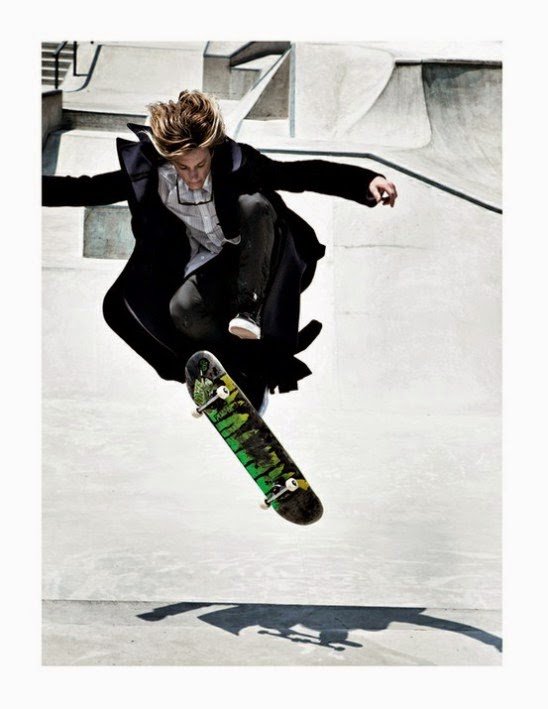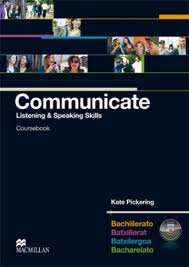Put our Heads Together

Idiom of the week: Put our Heads Together (our/your /their depending on the subject of the sentence). = if a group of people put their heads together, they think about something in order to get ideas or to solve a problem If we put our heads together I know we can come up with a design that really works. = to share ideas in trying to solve a problem If we can put our heads together we'll figure out a way to deal with this.




